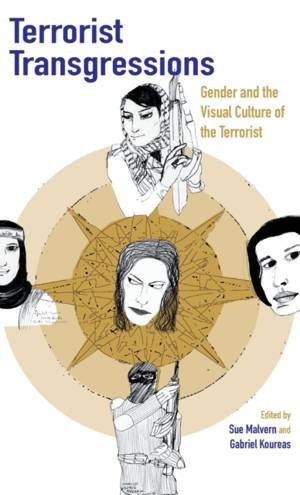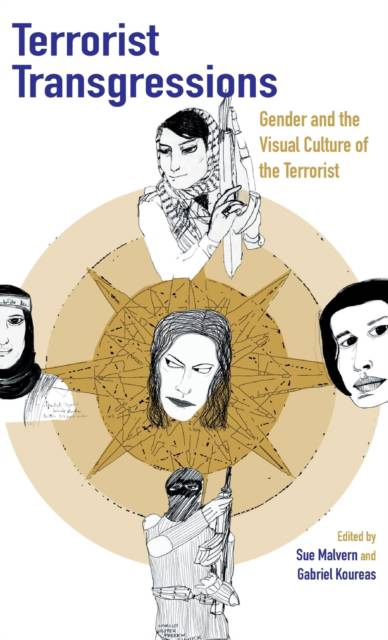
- Retrait gratuit dans votre magasin Club
- 7.000.000 titres dans notre catalogue
- Payer en toute sécurité
- Toujours un magasin près de chez vous
- Retrait gratuit dans votre magasin Club
- 7.000.0000 titres dans notre catalogue
- Payer en toute sécurité
- Toujours un magasin près de chez vous
Terrorist Transgressions
Gender and the Visual Culture of the Terrorist
Sue Malvern, Gabriel KoureasDescription
Terrorism has a variety of contexts, histories and forms which have all been the focus of intense scrutiny in recent years, whilst cultural representations of the terrorist have received much less attention, which is odd when we consider that terrorism by its very nature is spectacle. Dissident organisations create images of terrorists as martyrs, heroes or avengers and international counter terrorist agencies visualise them to provide the threat with a recognisable persona. Osama bin Laden for example was variously portrayed as effeminate and sexually depraved and pictures of his dead body were banned from publication by the United States government. Terrorist Transgressions examines images of the terrorist and discusses in what way they challenge societal norms, particularly those surrounding gender. Despite the traditional alliance between terrorism and masculinity, women have been active in terrorist organisations and through tactics such as suicide bombing have used their very bodies as weapons. Such attacks have subverted cultural constructions of masculinity and femininity and have had profound repercussions for both the gendering of violence and the terrorist profile.
This book explores how the terrorist is represented and the processes through which they have subsumed so many popular cultural myths. It discusses how a terrorist's capacity for destruction can be linked to their appropriation or rejection of gender stereotypes and includes essays on masculinities in post-conflict Northern Ireland, gendered insurgency, the colonial state of exception, Oedipal rivalries, the German Red Army Faction, masculinity in Fox television saga 24 and Anders Behring Breivik's sartorial code. In addition to essays that debate the broad imagery that surrounds terrorism's visual cultures it includes pages by artists who question the role of censorship and the physiognomy of evil.
Spécifications
Parties prenantes
- Auteur(s) :
- Editeur:
Contenu
- Nombre de pages :
- 272
- Langue:
- Anglais
- Collection :
Caractéristiques
- EAN:
- 9781780767017
- Date de parution :
- 20-12-13
- Format:
- Livre relié
- Format numérique:
- Genaaid
- Dimensions :
- 145 mm x 218 mm
- Poids :
- 430 g

Les avis
Nous publions uniquement les avis qui respectent les conditions requises. Consultez nos conditions pour les avis.






